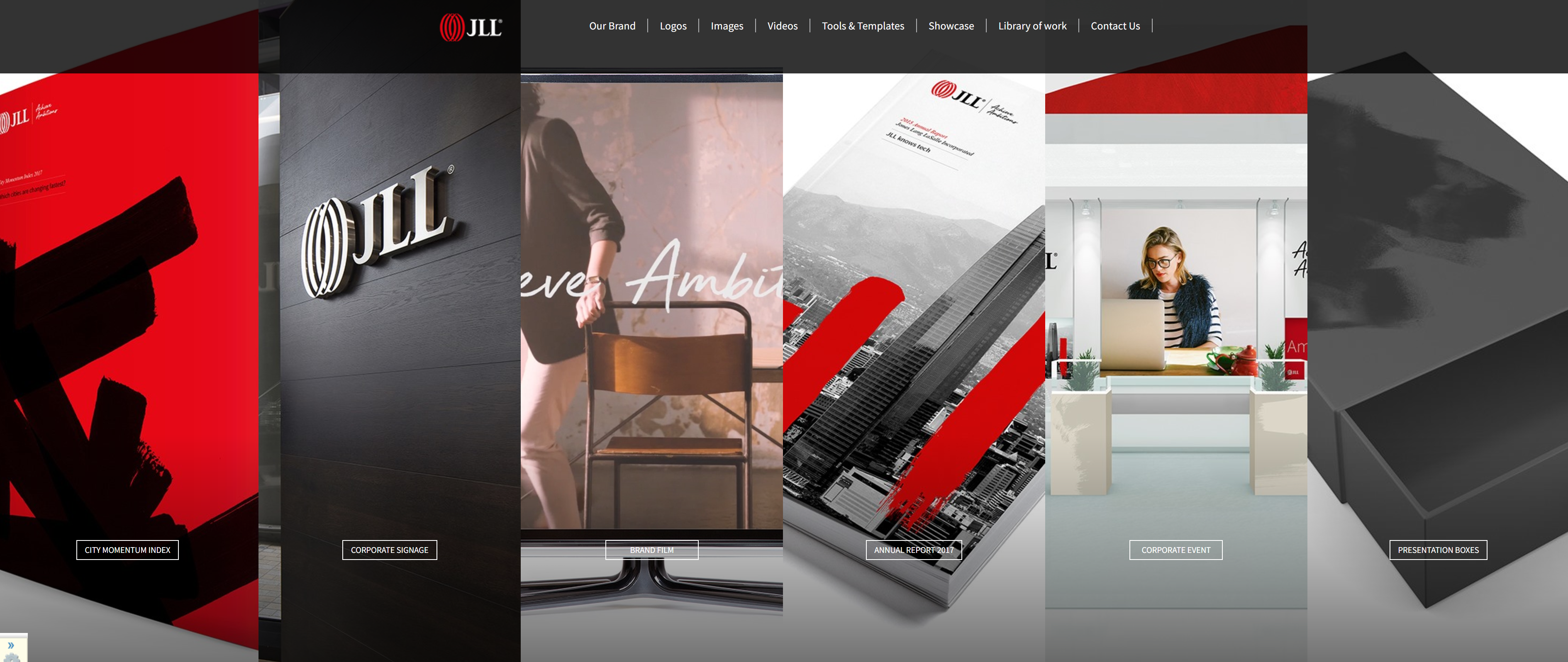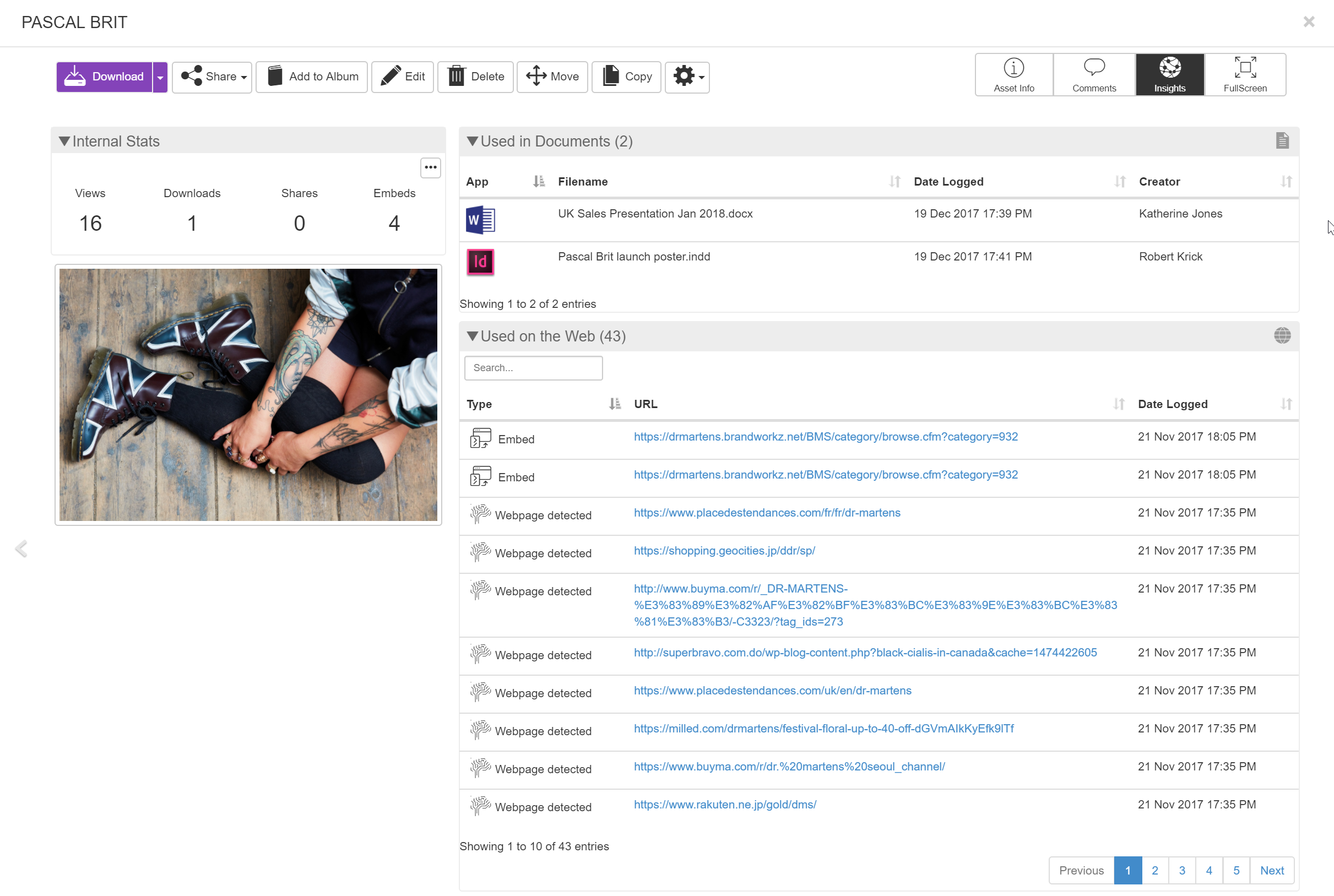It is that time of the year when much is written about the next innovations in technology – not least digital asset management.
This article isn’t so much about the major hype items going on it tech at the moment – chatbots, Alexa-type voice-input, and so on. In my opinion in many cases, these still have the behaviour of a toddler on a mission to wear down it’s parents by repeatedly asking for the same thing over and over, or to shift to something completely random completely throwing you in the process.
Just the other day I found myself swearing down the phone more than I have probably done ever before when I encountered a chatbot which Barclays Bank have put in place for their “customer service”. It made the experience of speaking to a person at an overseas call centre with only a rudimentary grasp of the English language, seem like the Good Old Days. At least they could have detected the number of swear words I was saying and put me through to a human based on that.
That’s in my opinion not something you can currently risk implanting in a complex system like a brand asset management system.
The below items are therefore more of a pragmatic list of items, which I think will become must-haves for DAM systems during 2018. This is of course in addition to the “traditional” must-haves in a good DAM such as strong metadata, image/video transcoding, good search, scalability, and all the other basics.
Number one: Focus on customer experience both inside and outside your DAM
This falls into two buckets:
1. The “customers” of the DAM system themselves.
If the UI/UX of the system itself isn’t great then users will find ways to bypass it,. And of course if a system isn’t being used then it will invariably be killed off at some point, ultimately being deemed a failure.
Of particular importance is: search, fast response times, and ability for clients to configure the system so the wording, structure, and look-and-feel makes sense to their company.
2. Assistance in creating a better customer experience for the company’s current and potential clients. Marketing is of course even more about being relevant and meaningful to potential customers than it ever was. So for a DAM system to succeed it must be populated with great content, which of course the DAM system itself has little influence over – apart from perhaps Web-2-Publish add-on modules which helps keep localised collateral stay on-brand.
Where a DAM system should help in this front, is to educate and assist the content creators in what the company or brand stands for and what their brand guidelines are so they can easily create on-brand material consistently. It should also be possible to tag assets to specific departments, countries, and other identifiers so users can get a more personalised view of the assets most relevant to them, as well as regular updates on new assets most relevant to them.

The JLL Client Site Concertina Showcase Page
Number two: Support for more file-type categories
If a DAM only supports images well, but not Video, Audio and Adobe/Microsoft Documents, and other asset types, then they will become a commodity, and also not serve most clients well as an all-round DAM.
With regards to text, then the humble text snippet has, in part because of social media, massively regained importance. However many DAM systems don’t support these well. A tweet may seem super-simple on the surface, but if you are a pan-European or Global brand, then it may need approving first, localising to different languages, paired up with relevant images, tagged so it’s searchable, pushed out to Twitter via various local people’s accounts, and then reported on, ideally within the DAM.
Many DAMs claim to be the central hub for marketing content but this is really only true for visual assets and documents. The CMS is still the king of text/HTML/XML/json text, but there are many use cases for text which CMSs don’t cover well and which could be better served by a DAM.
Number Three: Ready to integrate
Integration has been the watchword for DAM for some time, but today, being able to tie your DAM to other marketing and business platforms has become an absolute must.
At Brandworkz we believe your DAM platform should sit at the centre of your marketing ecosystem, holding the single, approved version of your digital assets that can be called through to be used in connected platforms.
Most DAM vendors have an API and some out-of-the-box connectors to 3rd party systems such as CMSs or marketing automation systems. But no DAM system I know of has yet developed connectors to all of the marketing systems that a medium or large company is typically using.
No client wants to develop their own custom integration based on the DAM’s generic API if they can avoid it, so the more relevant pre-built connectors a vendor has, the more relevant they will become because clients will be putting more and more integrations on their must-have list.
Personally, I believe that one of the best things the DAM industry could do to expand its relevance in the wider world would be to come together and agree on a common standard for 3rd party connectors like the sadly now-defunct CMIS standard. If 25 vendors came together to pool their integration budgets, the industry could easily build 100 connectors to the most used 3rd party systems done before the end of 2019. Yes, there would be a level playing-field between DAM vendors, but the industry as a whole would probably triple or even quadruple in size as the ROI for brand from implementing a DAM system would be much greater.
Number four: Better reporting of asset use in the real world
Any decent DAM system will be able to report on how assets are being used within the platform itself. Specifics like how many how many times the asset has been viewed, downloaded, shared or embedded are common.
In 2018, reporting on asset usage outside of the DAM, in the digital world, is a feature to look out for. Reporting back on real-world use, this data can show where assets have been embedded, for example in Office and Adobe documents, and where they have been used on the web.
The benefits are numerous.
• Your SEO manager may discover new websites using your images which may be able to give you backlinks.
• There may be out-of-date images in use on 3rd party websites
• There could be misuse of your logo where it is used in an off-brand context or even illegally.
• If you have an updated image or logo, you can see where it’s being used and have it amended.

Number five: Machine learning
Chatbots and virtual assistants that can stand on their own are, in my opinion, several years away, but machine learning for more pragmatic use cases is increasingly important for DAM systems.
If you have recently implemented or worked with a DAM system you will know that there are image recognition and auto-keywording features already enabled by the market leaders in DAM for metadata management.
However, enhanced machine learning features to look out for in 2018 are:
• Colour search. The ability to detect the colour of foreground objects in images, making them searchable.
• Face detection and matching. Useful for companies that have lots of assets with the same people in.
• Recommendations. Taking into account the user’s history of searching in the DAM, their country, department, or the searches that peers with similar characteristics have done.
DAM system: In conclusion
As mentioned, I believe that the above features will move to firm must-haves for many marketing-focused users of DAM, certainly if they are medium or large organisations.
If you currently operate a DAM or are in the market for one, these could form part of a check list for you to ask your vendor to give feedback on, to make sure that they will serve you well both now and in the future.



